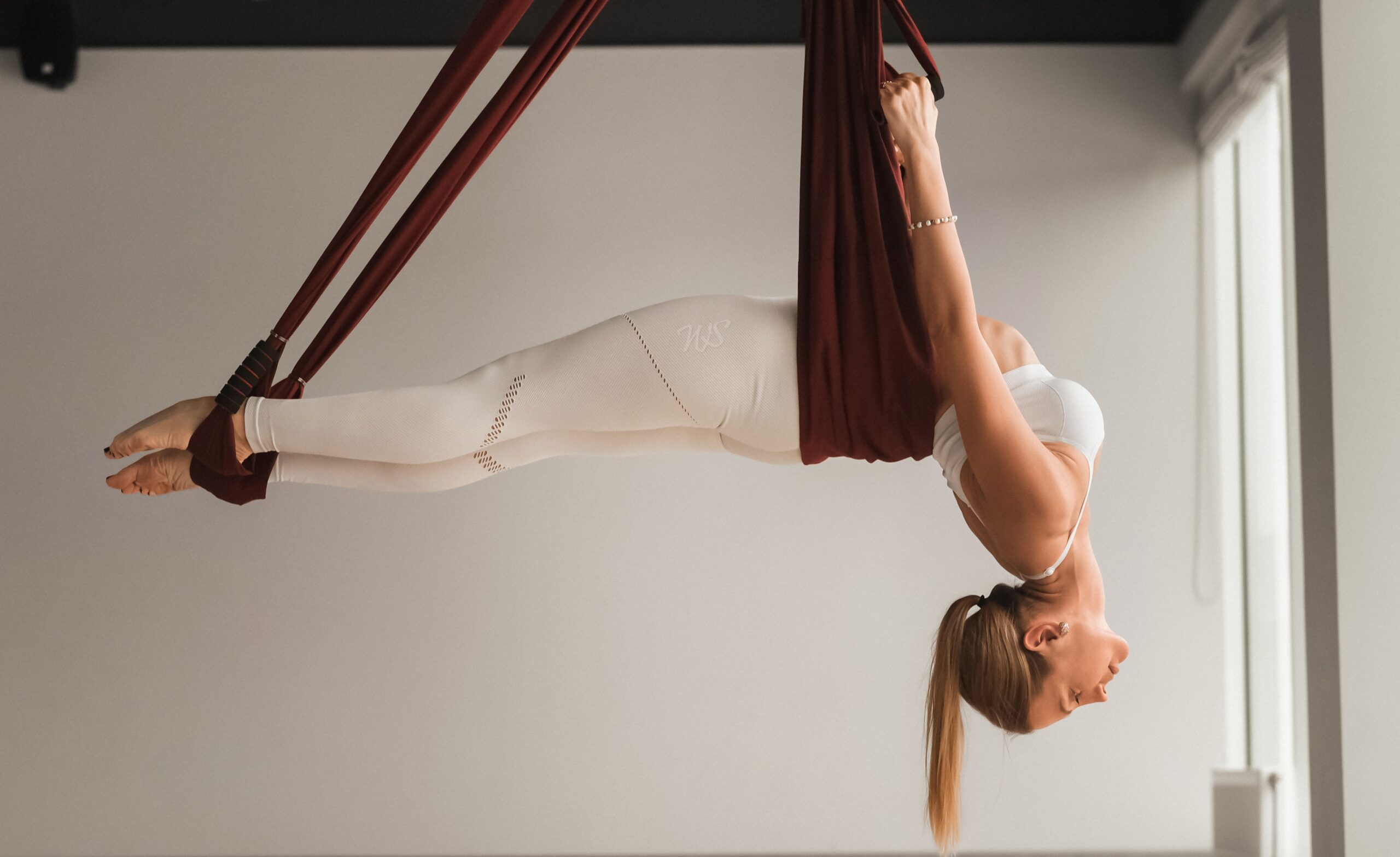The Agoge Diet is a modern nutritional approach inspired by the ancient Spartan diet, emphasizing whole, unprocessed foods and physical activity to promote optimal health and physical performance. The Agoge Diet builds on this foundation and incorporates modern nutritional research to create a sustainable and effective dietary approach that can benefit individuals of all ages and fitness levels.
History of the Agoge Diet
The Agoge Diet is named after the Agoge, the Spartan military school where young boys were trained to become warriors. The Spartan diet was designed to fuel these young warriors and optimize their physical performance. The Spartan diet consisted of simple, whole foods such as meat, fish, vegetables, fruit, and nuts. The Spartans avoided processed and refined foods, which were detrimental to their health and performance.
Modern research has shown that the Spartan diet was effective for optimizing physical performance and improving overall health. The Agoge Diet takes inspiration from the Spartan diet and combines it with modern nutritional research to create an effective and sustainable diet.
Principles of the Agoge Diet
Whole, unprocessed foods – The Agoge Diet emphasizes the importance of whole, unprocessed foods. These foods are nutrient-rich and free from harmful additives, such as preservatives and artificial sweeteners. Whole foods include fruits, vegetables, lean meats, fish, nuts, and seeds.
Limited processed and refined foods – The Agoge Diet limits processed and refined foods, such as white bread, sugary drinks, and fast food. These foods are high in calories but low in nutrients and can contribute to weight gain and other health problems.
Adequate protein intake – Protein is essential for building and repairing tissues, including muscle tissue. The Agoge Diet emphasizes the importance of consuming adequate amounts of Protein, which can be obtained from lean meats, fish, eggs, and plant-based sources such as beans and legumes.
Healthy fats – The Agoge Diet emphasizes the importance of healthy fats, which can be found in foods such as avocados, nuts, and seeds. These fats are essential for maintaining optimal health and can help to reduce the risk of heart disease and other chronic conditions.
Exercise – The Agoge Diet emphasizes the importance of regular exercise and physical activity. Exercise is essential for maintaining optimal health and can help to reduce the risk of chronic conditions such as heart disease, diabetes, and obesity.
Benefits of the Agoge Diet
Weight loss: The Agoge Diet is a high-protein, low-carbohydrate diet that can help to promote weight loss. Protein is more filling than carbohydrates, which can help to reduce appetite and promote weight loss.
Improved muscle mass: The Agoge Diet emphasizes the importance of consuming adequate amounts of Protein, which is essential for building and maintaining muscle mass. Regular exercise can also help to promote muscle growth and improve overall physical performance.
Improved overall health: The Agoge Diet emphasizes whole, unprocessed foods, which are rich in nutrients and can help to improve overall health. The diet also limits processed and refined foods, which can contribute to chronic conditions such as heart disease, diabetes, and obesity.
Increased energy levels: The Agoge Diet emphasizes the importance of healthy fats, which can provide sustained energy throughout the day. This can help to improve overall energy levels and reduce fatigue.
Improved mental clarity: The Agoge Diet emphasizes whole, nutrient-dense foods, which can help to improve mental clarity and cognitive function. The diet also limits processed and refined foods, which can contribute to brain fog and other cognitive issues.
Agoge Diet vs Keto
The Agoge and keto diets are popular dietary approaches that have gained significant attention in recent years. While both diets can offer benefits, there are several key differences between the two.
- Macronutrient Ratios: Agoge Diet focuses on personalized macronutrient ratios with a higher percentage of protein than carbohydrates and fats, while the Keto Diet focuses on a low-carbohydrate, high-fat approach to weight loss.
- Calorie Intake: Agoge Diet is a low-calorie diet designed to help you lose weight gradually, while Keto is a high-fat, low-carbohydrate diet designed to help you lose weight quickly.
- Carbohydrate Intake: Agoge Diet allows for more carbohydrates than Keto.
- Protein Intake: Agoge Diet emphasizes a higher percentage of Protein than Keto.
- Fat intake: Keto emphasizes more fats than the Agoge Diet.
- Sustainability: Agoge Diet is more sustainable than Keto because it allows for more variety in food choices.
- Health Benefits: Both diets can effectively lose weight and improve overall health.
- Exercise: Both diets recommend regular exercise as part of a healthy lifestyle.
- Personalization: Agoge Diet is personalized based on food preferences, body composition, and physical activity level.
- Long-term Success: Agoge Diet is designed for long-term success and can be maintained as a lifestyle change.
Agoge Diet Food List
The Agoge Diet emphasizes whole, nutrient-dense foods and encourages a balanced intake of macronutrients.
Protein Sources:
Lean meats: chicken, turkey, beef, pork
Fish and seafood: salmon, tuna, shrimp, scallops
Eggs and egg whites
Dairy: Greek yogurt, cottage cheese, milk
Plant-based sources: tofu, tempeh, legumes, nuts, seeds
Carbohydrate Sources:
Fruits: berries, apples, bananas, oranges, mangoes, etc.
Vegetables: leafy greens, cruciferous veggies, sweet potatoes, squash, etc.
Whole grains: oats, quinoa, brown rice, farro, etc.
Legumes: beans, lentils, chickpeas, etc.
Healthy Fats:
Nuts and seeds: almonds, walnuts, chia seeds, flax seeds, etc.
Avocado and avocado oil
Olive oil and other healthy plant-based oils
Fatty fish: salmon, mackerel, sardines, etc.
Other:
Herbs and spices: basil, oregano, rosemary, turmeric, etc.
Water and other non-caloric beverages like tea and coffee
Foods typically avoided or limited on the Agoge Diet include highly processed foods, refined sugars, and excess saturated and trans fats. The Agoge Diet emphasizes whole, unprocessed foods and encourages individuals to listen to their bodies and find the right balance of macronutrients for their unique needs.
Agoge Diet For Weight Gain
The Agoge Diet can be tailored to support weight gain by increasing overall caloric intake and ensuring a balanced intake of macronutrients.
Increase overall caloric intake: To gain weight, consume more calories than you burn. This can be achieved by adding extra snacks or meals to your day or by increasing the portion sizes of your regular meals.
Focus on nutrient-dense foods: While relying on calorie-dense may be tempting, nutrient-poor foods, such as junk food, can lead to negative health consequences. Instead, increase your caloric intake by choosing nutrient-dense foods high in Protein, healthy fats, and complex carbohydrates.
Choose calorie-dense foods: Some foods are more calorie-dense than others, meaning they contain more calories per serving. Calorie-dense foods include nuts and seeds, dried fruit, avocado, and nut butter.
Increase protein intake: Protein is essential for building and repairing muscle tissue, which is important for weight gain. Aim to consume Protein with every meal and snack, and choose protein sources that are lean and nutrient-dense, such as chicken, turkey, fish, eggs, and legumes.
Incorporate resistance training: Resistance training, such as weightlifting or bodyweight exercises, can help to build muscle mass and support healthy weight gain. Add resistance training into your exercise routine 2-3 times weekly.
Work with a registered dietitian: If you are struggling to gain weight or have a history of eating disorders, it may be helpful to work with a registered dietitian who can help you create a personalized meal plan and ensure your weight gain is occurring in a healthy and sustainable way.
Agoge Diet Plan For Weight Loss
This diet can be a great tool for weight loss, as it emphasizes whole, nutrient-dense foods and encourages a balanced intake of macronutrients.
Create a calorie deficit: To lose weight, consume fewer calories than you burn. This can be achieved by reducing portion sizes or reducing calorie-dense foods.
Focus on nutrient-dense foods: To support weight loss and overall health, choosing foods that are high in nutrients and low in calories is important. Focus on fruits, vegetables, lean proteins, and whole grains.
Incorporate healthy fats: While it may seem counterintuitive, incorporating healthy fats into your diet can support weight loss by helping you feel full and satisfied. Choose healthy fats such as avocado, nuts and seeds, and olive oil.
Limit processed foods: Processed foods can be high in calories, sugar, and unhealthy fats, making weight loss more difficult. Aim to limit processed foods and focus on whole, unprocessed foods instead.
Pay attention to portion sizes: Even healthy foods can contribute to weight gain if consumed excessively. Pay attention to portion sizes and use measuring cups or a food scale to ensure you’re not overeating.
Stay hydrated: Drinking enough water can help you feel full and may even boost your metabolism. Aim to drink at least 8 glasses of water per day.
Incorporate physical activity: Besides changing your diet, incorporating physical activity into your routine can support weight loss. Aim to get at least 150 minutes of moderate-intensity exercise per week.
Agoge Diet Results
The Agoge Diet has shown promising results for individuals seeking to improve their health and well-being.
Here are some potential results that may be achieved by following the Agoge Diet:
- Weight loss: By focusing on nutrient-dense foods and limiting processed foods, individuals may experience weight loss and improvements in body composition.
- Improved energy levels: This diet emphasizes whole, nutrient-dense foods that can provide sustained energy throughout the day.
- Better digestion: Focusing on whole, unprocessed foods can support better digestion and alleviate digestive issues such as bloating and constipation.
- Reduced inflammation: This diet emphasizes anti-inflammatory foods such as fruits, vegetables, and healthy fats, which may reduce inflammation.
- Improved athletic performance: This diet can support athletic performance by providing the necessary macronutrients and micronutrients for energy and muscle recovery.
- Reduced risk of chronic disease: The Agoge Diet promotes whole, unprocessed foods rich in nutrients and may help reduce the risk of chronic diseases such as heart disease, diabetes, and cancer.
Agoge Diet Reviews
This diet has received mixed reviews from individuals who have tried it.
Here are some common themes that have emerged in Agoge Diet reviews:
Positive reviews:
- Improved energy levels: Many individuals feel energized and less fatigued after starting this Diet.
- Better digestion: Some individuals report improvements in digestion, such as less bloating and more regular bowel movements.
- Weight loss: Many individuals report successful weight loss following the Diet.
Negative reviews:
- Difficulty sticking to the diet: Some individuals report finding it difficult to stick to the Diet due to the restrictive nature of the diet.
- Limited food options: This Diet eliminates certain food groups, limiting food options and making meal planning challenging.
- Cost: Some individuals report that purchasing whole, nutrient-dense foods can be prohibitive.
Conclusion
In conclusion, the Agoge Diet is a modern approach to nutrition that takes inspiration from the ancient Spartan diet and combines it with modern scientific research. By emphasizing whole, unprocessed foods and regular exercise, this Diet can help promote weight loss, improve muscle mass, increase energy levels, and improve overall health. Whether you’re a fitness enthusiast or simply looking to improve your health, this Diet offers a sustainable and effective approach to nutrition that is worth considering. So why not try it and see how it can transform your life?





